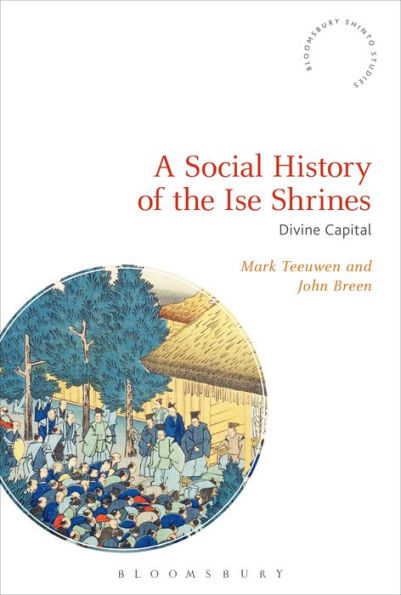5
1

A Social History of the Ise Shrines: Divine Capital
320
A Social History of the Ise Shrines: Divine Capital
320
47.95
In Stock

Product Details
| ISBN-13: | 9781350081192 |
|---|---|
| Publisher: | Bloomsbury Academic |
| Publication date: | 08/23/2018 |
| Series: | Bloomsbury Shinto Studies |
| Pages: | 320 |
| Product dimensions: | 6.14(w) x 9.21(h) x 0.66(d) |
About the Author
From the B&N Reads Blog
